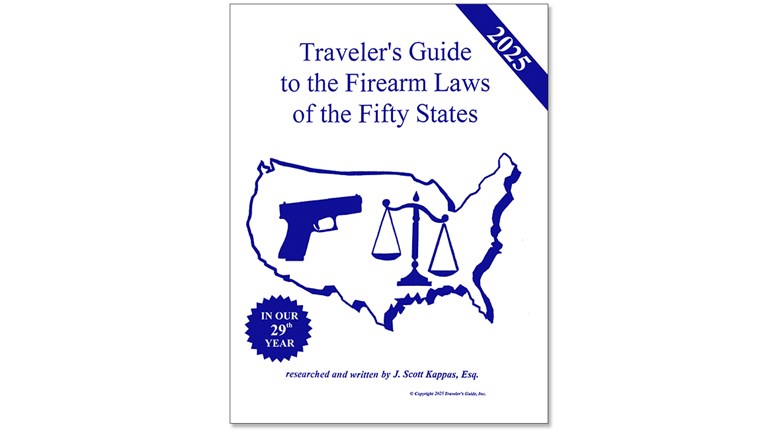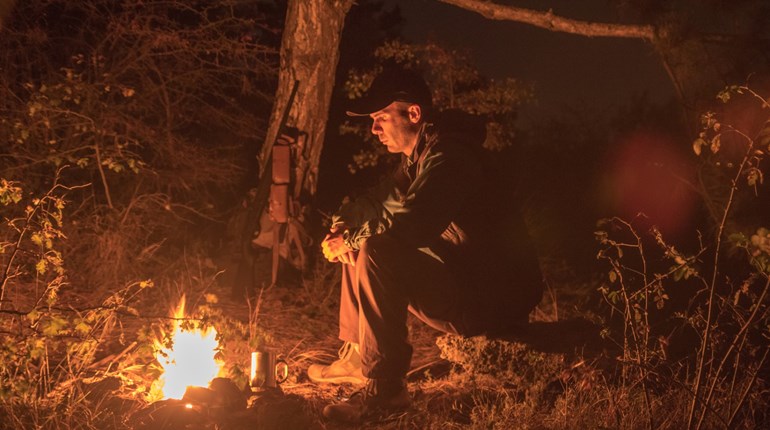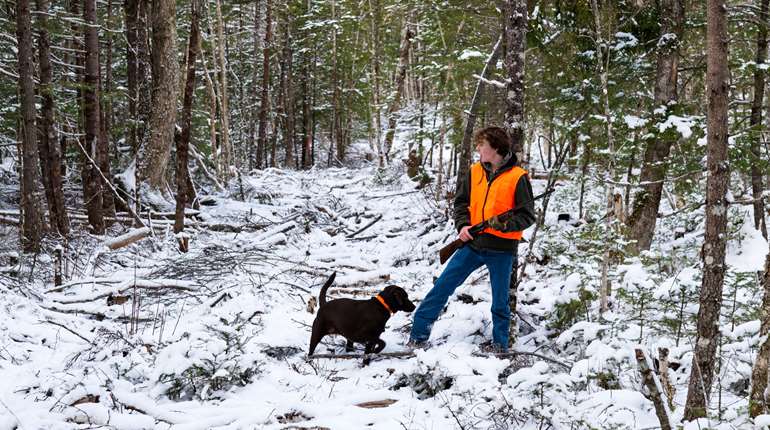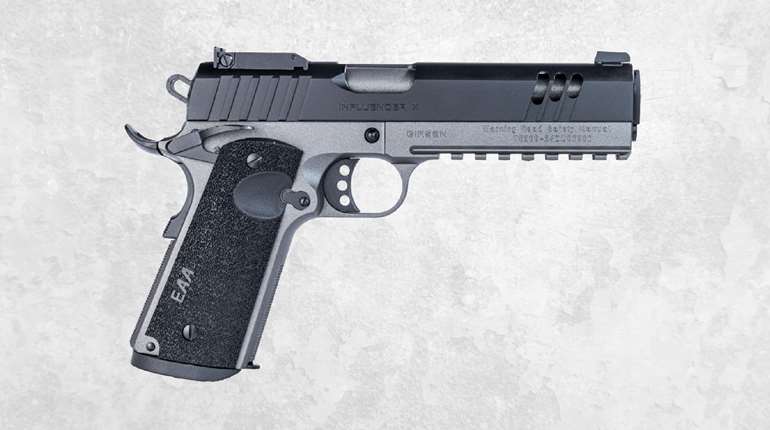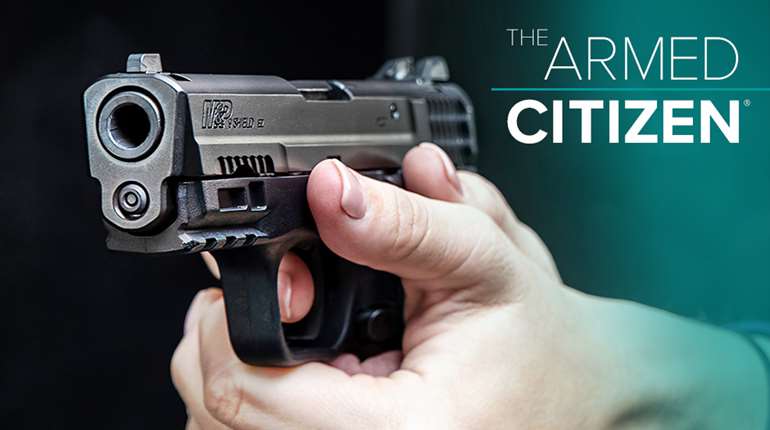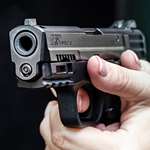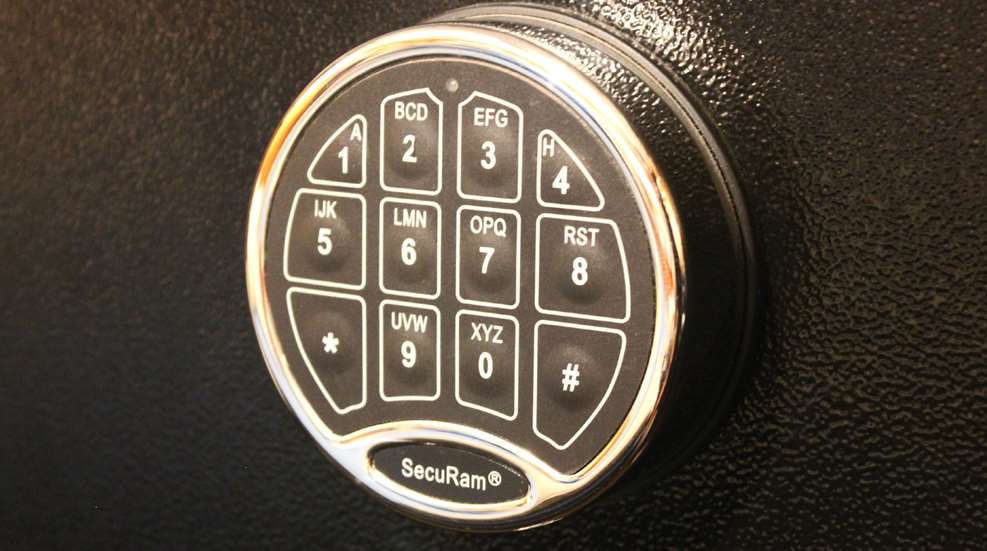
A topic that often comes up for debate on both sides of the gun-rights aisle is safe gun storage, especially in homes with children. But if you ask some folks what they consider to be a safe choice, you will probably hear something along the lines of this: The only way to keep children safe is to have no guns in the home at all. Period.
Really? That's it? The only option for keeping children safe from potentially dangerous objects in the home is to remove them completely? If so, then what about other potential household hazards, like electrical outlets, cleaning chemicals, pesticides, bathtubs, hammers, knives, natural gas appliances, matches, prescription medications, power tools, second-floor windows, and things they might choke on like peanut butter and hot dogs? Should we completely remove all these things as well? Please understand, this is a topic I take seriously. But I think we can agree that tucking our kids into a giant plastic bubble is not the answer to keeping them safe.
Instead, we use good judgment and parenting practices, education and take the appropriate safety measures to separate children who are too young or immature from those items they are not ready to use. Electrical outlets get covered, cupboard doors are fitted with safety latches, medicine bottles are topped with child resistant lids and the utility closet is fitted with a locking knob. It's no different with firearms. They are just another type of powerful tool that should be respected and securely stored in a manner that prevents unauthorized access or operation.
Two key components play a role in safe gun storage for parents: kid-proofing your guns and gun-proofing your kids. This conversation focuses on the first, namely, hardware, devices and safe gun storage strategies. A variety of useful products are available. However, there is no one-size-fits-all solution and budgetary issues must be taken into consideration as well. Let’s look at the options available and what each has to offer.
Door Locks
Any unauthorized access to a firearm begins by entering the room where it's stored. Preventing access to the room itself also blocks access to the guns. To be perfectly clear, a locked door is not a substitute for other safe gun storage measures. Instead, it provides an effective layer of security and privacy with all storage systems. It keeps the honest people honest, as it were, including kids and teenagers who live in the home and folks who come over to visit. When parents go out for the evening, or there is a gathering of friends and extended family, just close and lock the door to the room where the guns are stored. Then everyone knows that space is off limits. With key-lock knobs starting at $10, they are exceptionally affordable for the peace of mind they provide. But remember, this is just a first step, not a complete storage solution.

Safes, Strong Boxes & Locking Cabinets
Gun Safes are by far the most effective way for homeowners to secure their guns against unauthorized use. Safes differ from cabinets and strong boxes in that they tend to be larger, heavier and constructed of thicker and harder grades of steel. Safe doors usually have more complex door security mechanisms that include a set of locking bars which protrude from the door into the frame. They can also provide some degree of fire resistance, depending on the model. Prices start somewhere around $600 and go up into the thousands.
Locking steel cabinets are typically made of a single layer of lighter gauge sheet steel with polymer shelving and gun supports inside. The door's locking mechanism may be a swiveling plate or a pair of struts which engage the frame at the top and bottom. Although they are a big step down in toughness from a full-fledged gun safe, they are still a big step up from gun cases and trigger locks. Cabinets are usually light enough that they can be carried up a few flights of stairs by two people and they have ports drilled into the back and base so that they can be bolted to the wall or floor. Prices start closer to $200.

Strong boxes provide the small sizes and portability of a pistol carry case with the features of a locking steel gun cabinet. Some are designed to be mounted inside of closets, drawers and automobiles while others are intended to fit into suitcases when traveling. Prices vary a good deal depending on the features selected but basic units can start at around $25 with more sophisticated models costing upwards of $150.
Safes, cabinets and strong boxes can sport various types of locks that offer different advantages and degrees of access speed. Biometric locks electronically read a gun owner's fingerprints providing nearly instant access to guns that have been staged for home defense. Electronic locks with numeric keypads or RFID key cards are quick openers as well. But electronic systems tend to cost more and need to have their batteries changed from time to time. Key locks are tried, true and easy to use. Just don't misplace your key and make sure to keep it out of reach.
Last, but not least, are the rotary dial combination locks. This lock type is exceptionally reliable, easy to use and tough to crack. Because this is a mechanical locking system no batteries are required. But this is the slowest lock to open, especially if someone is in a hurry. Keep the combination secret and do not leave it written down where it can easily be found. When dialing in the numbers, close the door to the room where the safe is located or verify that you are alone when entering the numbers.
Lockable Gun Cases
The primary purpose of a gun case is to protect the finish of the gun from dings and scratches while transporting it from one place to another. They also provide an affordable way to store guns outside of a safe or cabinet. The two most common types of cases are the hard-side variety and the soft zippered cases, both of which can be configured to be fitted with pad locks to prevent them from opening.
A locked gun case will prevent access to younger children. However, teenagers and adults with an understanding of screw drivers, saws and power tools can defeat them with relative ease given the time and opportunity to do so. If a locked case is the option at hand, try to conceal it the best you can in a room or a closet with a locking door.

Trigger & Cable Locks
Trigger and cable locks serve a single purpose, namely, to prevent a gun from being loaded and fired. They are inexpensive, with prices starting around $15, and they are commonly included as accessories with factory-fresh firearms. Project Child Safe, a charitable organization established by the National Shooting Sports Foundation(NSSF), provides free trigger locks through local law enforcement agencies across the country.
Trigger locks have a clamshell housing which clamps around the trigger guard to prevent it from cycling. Cable locks are essentially pad locks with long, flexible rubber-coated cables in place of a hook-shaped hasp. The cable is passes through the open action of the firearm so that the action cannot be fully closed. These locks have the advantage of fitting most gun types.
Before trigger and cable locks were widely available, ordinary hardware store padlocks were used as trigger locks. This is done by passing the lock’s hasp through the trigger guard behind the trigger. This blocks the trigger from cycling completely. But with padlocks it’s important to wrap the hasp with some rubber tubing or electrical tape in order to protect the finish around the trigger guard.
The trade-offs for their low prices is that they don't offer anything in the way of protection for the gun's finish or to deter theft. Like locking gun cases, they can be defeated by those who have a knowledge of tools and time to work. This is another security measure that works best in combination with hiding the gun and a lockable door.
Disabling the Firearm
This is a last ditch, “whatchagot” option when no other security tools are at hand. I'm not a fan of this storage method because it's messy, inconvenient and small parts can get lost in transit. Any of the safe storage methods mentioned previously will be a better choice than this one.
Disabling a firearm simply means removing a critical component, or breaking the gun down into major components, which are then stored (hidden) separately from each other. With a bolt-action rifle or an AR-15, just removing the bolt assembly will completely disable the gun from loading or firing. Modern polymer-framed defensive pistols have slide assemblies that can easily be separated from the frames, and so on. Nevertheless, breaking the gun down and hiding the components will guarantee it can't be loaded or fired until a better storage option is made available.
Parting Thoughts
The effectiveness of a given safe gun storage system depends on those who may try to access it. This means parents will need to carefully consider which devices are going to be the best fit for their family and its current stage of development. Storage systems may need to be traded out or upgraded as kids grow or if the family moves to a new home. If it seems clear that it's time for an upgrade, then don't hesitate to make it. And most importantly, take the time to gun-proof your kids—a conversation for another article.












